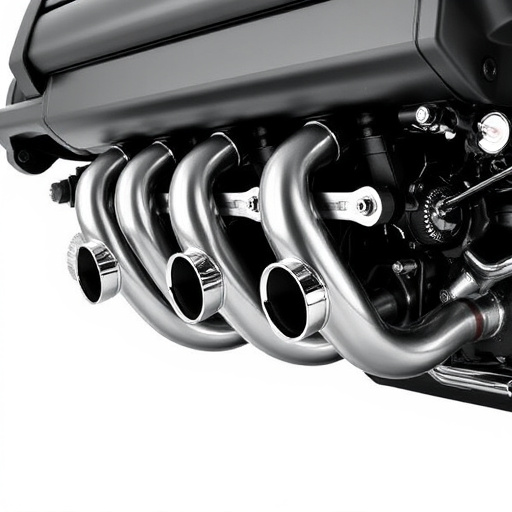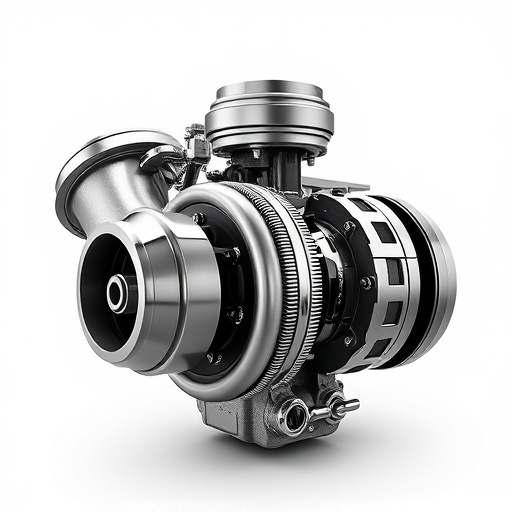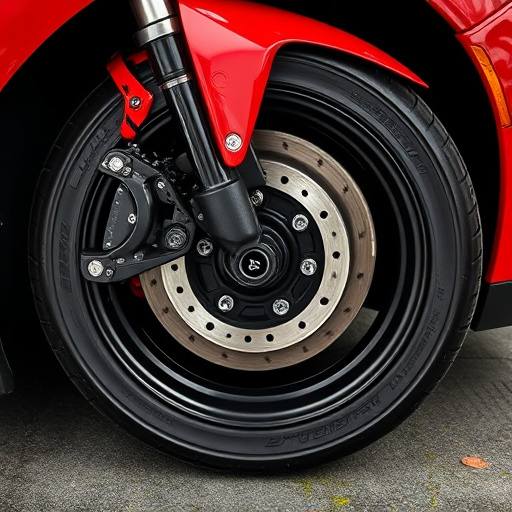The car suspension system, comprising springs, shock absorbers, and various parts, ensures a smooth ride and stability. Regular home inspections, using appropriate tools and safety gear, can identify issues early. Focus on visual checks, bounce tests, and inspecting wheels/struts for damage or debris. Keep air filters, exhaust systems, and muffler tips maintained for optimal vehicle stability during testing.
Learn how to test your car’s suspension system at home with this comprehensive guide. Understanding your vehicle’s suspension is crucial for maintaining safety and performance. This article equips you with the knowledge to identify common issues, providing a step-by-step process for DIY diagnosis. From checking shock absorbers to evaluating coil springs, you’ll gain insights into essential components and tools needed for at-home testing. Get ready to take control of your car’s suspension health.
- Understanding Your Car's Suspension System
- Tools and Precautions for at-Home Testing
- Step-by-Step Guide to Diagnosing Common Suspension Issues
Understanding Your Car's Suspension System
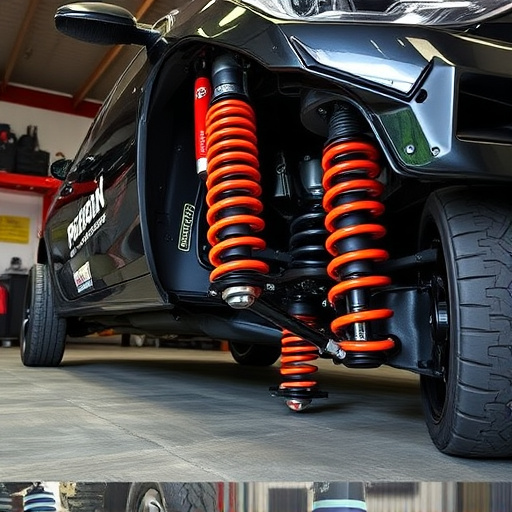
The car suspension system is a complex network of parts designed to ensure your vehicle’s smooth ride and safety. It includes springs, shock absorbers (also known as struts), control arms, ball joints, and various other components that work together to absorb road shocks, maintain tire contact with the pavement, and keep your vehicle stable during cornering and braking.
Understanding how these suspension components interact is key to identifying potential issues. Regularly inspecting your car’s air filter kits (which can affect airflow to suspension struts) and checking for wear on brake rotors (which play a role in overall vehicle stability) are simple steps you can take at home. By staying attuned to these elements, you’ll be better equipped to catch potential problems early on, saving you time, money, and ensuring a safer drive.
Tools and Precautions for at-Home Testing
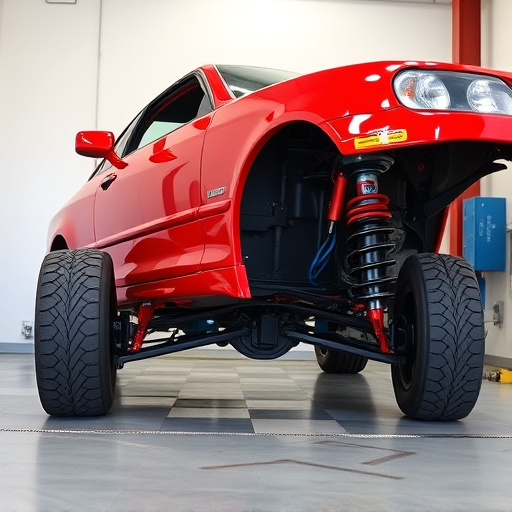
Before testing your car suspension system at home, it’s crucial to gather the right tools and take necessary precautions for safety. You’ll need a jack, jack stands, a torque wrench, and a set of sockets suitable for your vehicle. Car suspension system components like shock absorbers, struts, and control arms are under high pressure, so ensure you wear protective gear, including gloves and eye protection. Additionally, have an assistant handy to safely support the vehicle as required.
Remember, working on your car requires careful navigation. Always refer to a trusted repair manual for your specific model year and make, and double-check that any replacement parts are compatible. While air filter kits, muffler tips, and exhaust systems aren’t directly involved in suspension testing, ensuring these components are in good condition can indirectly impact your vehicle’s overall handling and stability during the evaluation process.
Step-by-Step Guide to Diagnosing Common Suspension Issues

Start by examining the car suspension system visually. Check for any signs of damage or wear on shock absorbers, struts, and coils. Look for leaks in the brake fluid, which could indicate a problem with the anti-roll bars or control arms. Next, conduct a simple bounce test. Raise each corner of your car slightly and release; a healthy suspension should absorb the initial drop and then return to its original position quickly.
If you notice any irregular bounces, lopsidedness, or significant delay in rebound, there might be an issue. Further diagnostics involve checking suspension components individually. Remove each wheel and inspect the struts, shocks, and springs for debris, corrosion, or damage. Ensure proper alignment of all suspension parts. Additionally, consider testing your vehicle’s performance air filters; clogged filters can impact overall system performance.
Testing your car’s suspension system at home is a practical way to maintain optimal vehicle performance. By understanding the basics of your car’s suspension and employing the right tools, you can effectively diagnose common issues like uneven tire wear, wobbly handling, or excessive ride height changes. Regular checks using methods outlined in this article will help ensure your car suspension system operates smoothly, enhancing safety and comfort during every drive.







